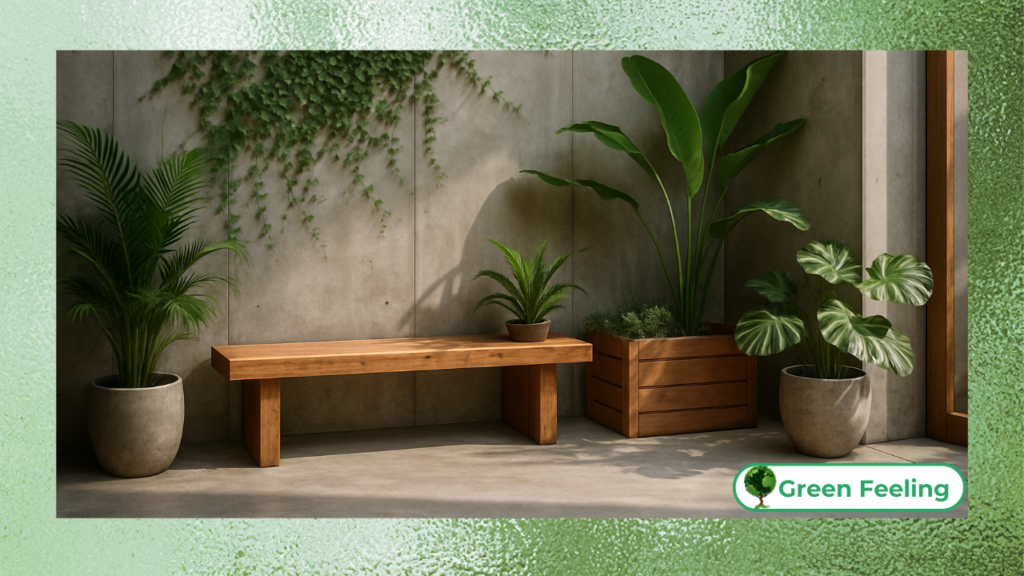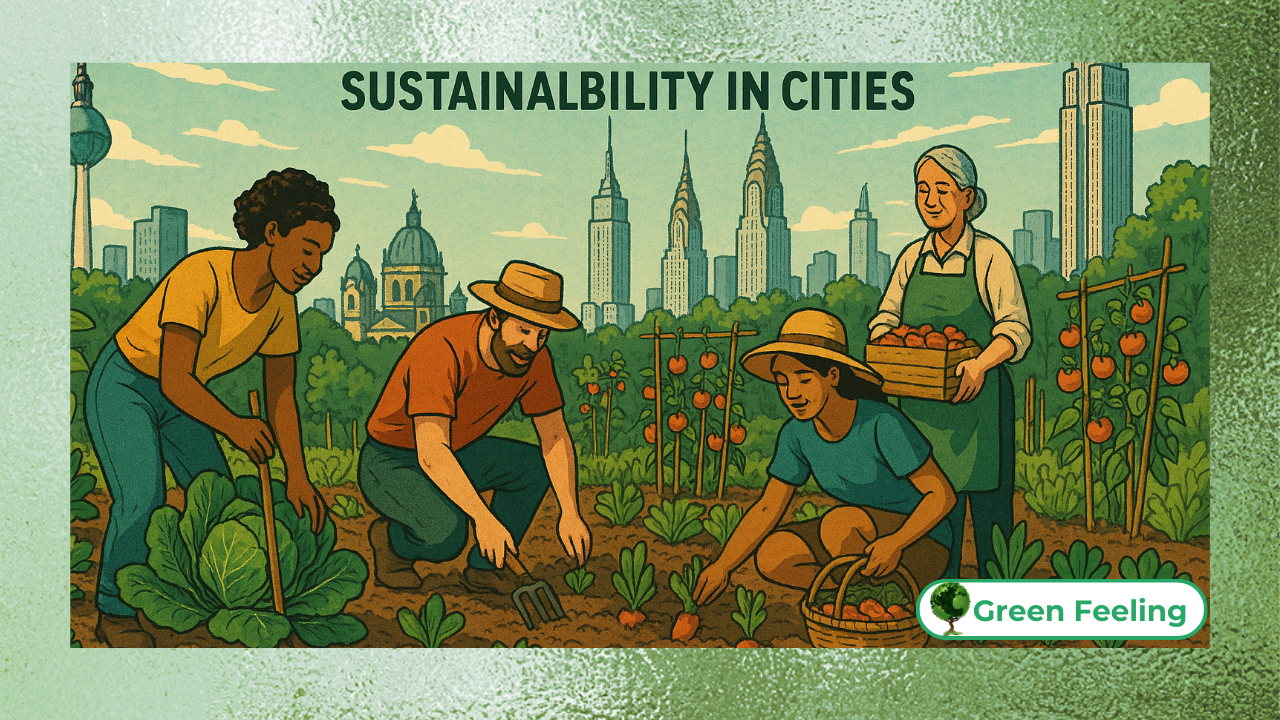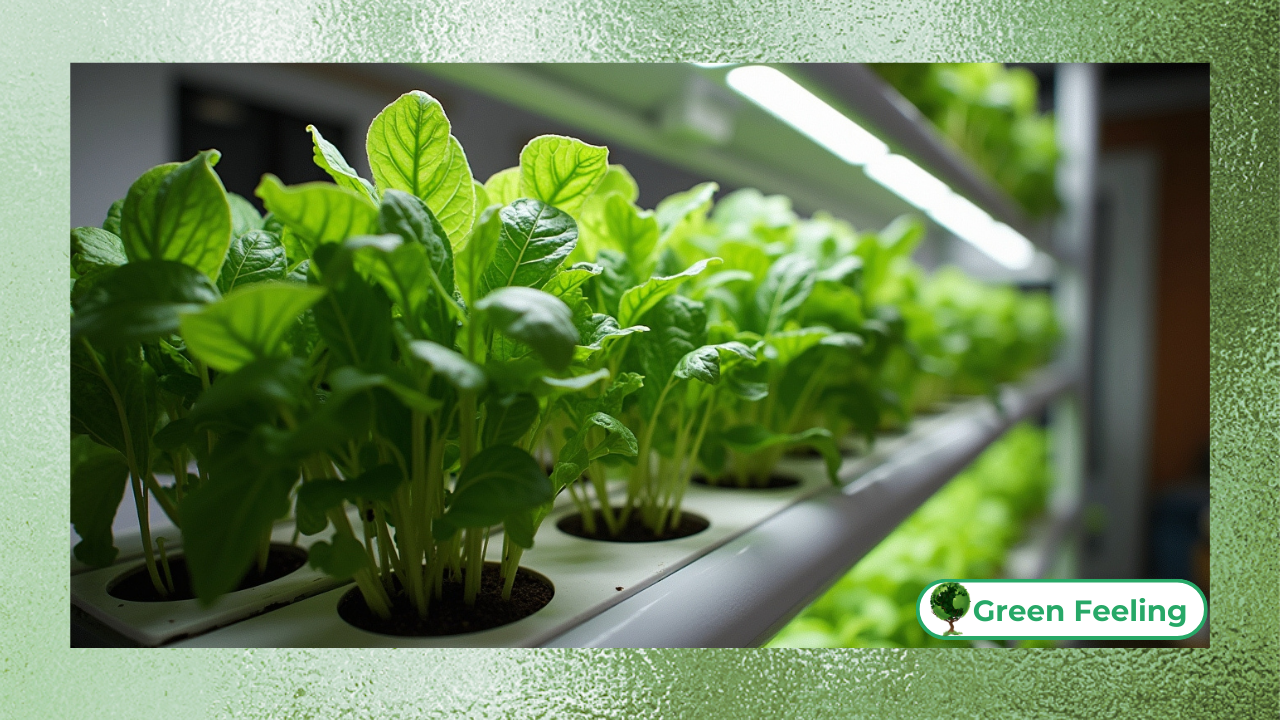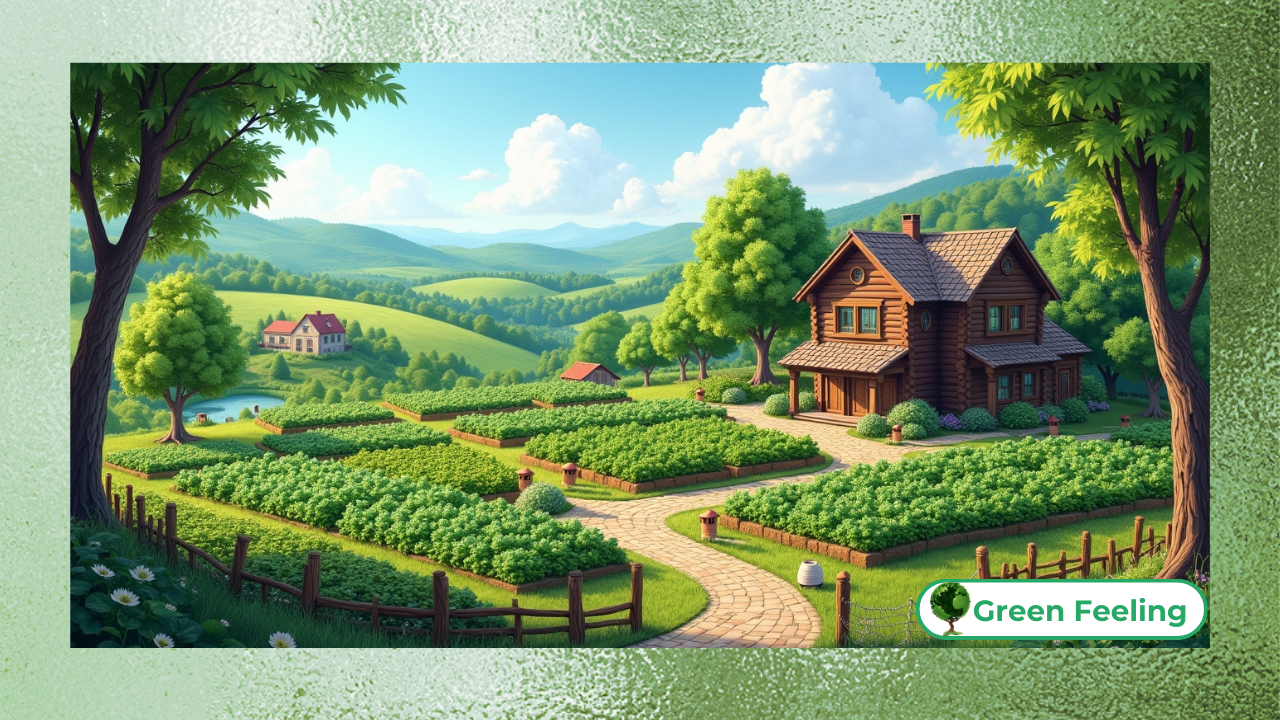How to Soften Concrete’s Appearance Using Plants and Natural Elements
Concrete is durable and versatile, but its cold look can make spaces feel uninviting.

The solution? Integrating plants and natural elements to soften its rigid lines and create a more harmonious, inviting environment.
By thoughtfully combining concrete with greenery, wood, stone, and water features, designers can transform sterile spaces into lush, dynamic landscapes.
This approach not only enhances visual appeal but also promotes sustainability by improving air quality, reducing urban heat islands, and supporting biodiversity.
Whether in small urban balconies or large architectural projects, softening concrete with nature creates spaces that feel both modern and alive.
Strategic Plant Selection for Concrete Spaces
Choosing the right plants is key to balancing concrete’s hardness with organic softness.
Consider these categories for different effects:
1. Vertical Greenery (Green Walls & Climbers)
- Ivy, creeping fig, or jasmine for textured coverage
- Ferns and mosses for shaded concrete surfaces
- Living walls with modular planting systems
Read More: Vertical Greenery
2. Container Gardens & Raised Planters
- Ornamental grasses (e.g., fountain grass, blue fescue)
- Trailing plants (e.g., sedum, trailing rosemary)
- Small trees (e.g., Japanese maple, olive trees in planters)
Read More: Container Gardens & Raised Planters
3. Ground Cover & Soft Edging
- Low-growing thyme or creeping phlox between pavers
- Ferns and hostas for shaded concrete corners
- Succulents (e.g., sedum, echeveria) for drought-tolerant softening
Read More: Ground Cover
| Plant Type | Best Use Case | Visual Effect |
| Climbing vines | Walls, fences |
Creates living texture
|
| Ornamental grasses | Planters, borders |
Adds movement and softness
|
| Ground cover plants | Between pavers |
Blurs hard edges
|
Incorporating Natural Materials
Beyond plants, other organic elements can warm up concrete spaces:
1. Wood Accents
Wood offers a naturally warm contrast to the cool tones of concrete.
Use wooden decking, privacy screens, or vertical slats to soften large concrete expanses.
Reclaimed timber planters provide rustic charm and reinforce a sustainable aesthetic.
Outdoor furniture made of teak or cedar brings organic character, while their durability ensures long-lasting use. Even small wood accents—like a bench or trim—can shift the overall feeling of a space.
- Decking or wooden screens to break up concrete slabs
- Reclaimed timber planters for rustic contrast
- Teak or cedar benches to add warmth
2. Stone & Pebble Details
Incorporating stones of varying sizes and textures can break the visual monotony of concrete.
River rock borders around walkways introduce fluidity and a natural edge.
Slate or flagstone inlays in patios add pattern and depth, while gravel gardens reduce water usage and offer a minimalist, peaceful effect.
These materials are low-maintenance and blend seamlessly with surrounding vegetation, enhancing the overall cohesion of the design.
- River rock borders along concrete pathways
- Slate or flagstone inlays for patios
- Gravel gardens as low-maintenance softening
3. Water Features
Water adds a calming sensory layer to outdoor concrete areas. Reflective pools near walls introduce tranquility and mirror the surrounding greenery.
Minimalist fountains create gentle soundscapes that mask urban noise and invite relaxation.
Rain chains, often used as artistic alternatives to downspouts, animate vertical surfaces and make the movement of water a visual feature.
Together, these water elements enliven concrete spaces and support microclimates for nearby plants.
- Reflective pools near concrete walls
- Minimalist fountains for sound and movement
- Rain chains to animate vertical surfaces
+ Nature and Design: Biophilic Architecture and Its Practical Applications
Design Techniques for Seamless Integration
To successfully integrate nature with concrete architecture, design decisions must feel intentional.
Avoid simply placing pots in corners—instead, aim to embed greenery into the fabric of the space.
One technique is to create plant pockets—planned gaps in concrete surfaces for in-ground planting.
These allow vegetation to appear naturally rooted and part of the structure.
Curved edges in planter beds, rather than sharp corners, evoke organic forms and soften visual lines.
Varying the heights of plants—tall shrubs in the back, medium grasses in the middle, and low ground covers up front—adds depth and visual interest.
You can also repeat natural textures like wood grain or stone patterns in stamped or textured concrete for subtle cohesion.
To make concrete and nature feel intentionally paired:
- Create “plant pockets” by leaving gaps in poured concrete for greenery
- Use curved edges instead of sharp corners for planter beds
- Layer heights with tall shrubs, mid-height grasses, and ground cover
- Repeat natural textures (e.g., wood grain patterns in stamped concrete)
As landscape architect Thomas Rainer notes:
“The best designs don’t just add plants to hardscapes—they make the two feel inseparable.” – Thomas Rainer.
Case Studies: Successful Softened Concrete Designs
1. Urban Courtyards
In dense cities, small courtyards often rely on concrete for durability.
By integrating clusters of lavender and ornamental grasses around built-in benches, designers soften the visual impact and add movement and scent.
This method maintains the modern aesthetic while enhancing comfort and seasonal appeal. The result is a courtyard that feels peaceful, not sterile.
- Example: Concrete benches surrounded by lavender and feather grass
- Effect: Maintains modern lines while feeling lush
2. Brutalist Architecture
The Barbican Centre in London is a notable example of how ivy-covered concrete facades can change perception.
The greenery transforms harsh architectural lines into dynamic living surfaces that shift with the seasons.
It also improves insulation and supports urban biodiversity, showing how even bold, uncompromising architecture can benefit from a touch of nature.
- Example: Ivy-covered concrete facades (e.g., Barbican Centre, London)
- Effect: Softens imposing structures with seasonal color changes
Read More: The Secrets of Brutalism: An analysis of concrete and functionality
3. Minimalist Gardens
In minimalist gardens, concrete is often used for its simplicity and order. Yet even here, nature plays a role.
A simple layout using pavers with moss growing between joints creates a living carpet that softens the path while retaining the clean lines of the design.
It demonstrates that softness doesn’t mean clutter—it means balance.
- Example: Concrete pavers with moss growing between joints
- Effect: Creates a “living carpet” underfoot
Maintenance Tips for Long-Term Balance
To ensure that your concrete and plant-based spaces remain beautiful over time, consistent maintenance is crucial.
Climbers should be pruned regularly to avoid structural damage and overgrowth.
In sunny areas, choose drought-tolerant species to avoid plant stress from heat radiating off concrete surfaces.
Proper sealing of concrete prevents staining from soil and water, preserving its appearance.
To keep the harmony between concrete and nature:
- Prune climbers to prevent structural damage
- Choose drought-resistant plants near sun-exposed concrete (which radiates heat)
- Seal concrete properly to avoid staining from soil or organic matter
- Use self-watering planters in low-rainfall areas
+ Floating Cities: Resilient Architecture for the Challenge of Climate Change
Why Softening Concrete Matters Beyond Aesthetics
Softening concrete with natural elements is more than a visual improvement—it contributes to environmental health and personal well-being.
Plants help lower surface temperatures, reducing the heat island effect in cities.
Their leaves absorb sound, diminishing noise pollution and creating more peaceful environments.
Greenery has also been linked to stress reduction, improved focus, and increased happiness.
Moreover, these natural features support urban wildlife, offering food and habitat for birds, bees, and butterflies.
In this way, softening concrete becomes a form of ecological stewardship.
This approach offers functional benefits:
- Cools surfaces (plants reduce concrete’s heat absorption)
- Reduces noise (foliage absorbs sound reflections)
- Improves wellbeing (biophilic design lowers stress)
- Supports urban wildlife (provides habitats for pollinators)
As noted in Nature Inside: A Biophilic Design Guide: “Even small nature integrations can humanize hard architectural environments.”
Conclusion
Concrete doesn’t have to feel cold or impersonal. By strategically incorporating plants and natural materials, we can transform it into a warm, dynamic canvas that changes with the seasons.
From sprawling vertical gardens to simple container arrangements, every intervention helps bridge the gap between built environments and the natural world.
The most successful designs don’t hide concrete—they celebrate its raw beauty while letting nature soften its edges.
Whether you’re working with a small balcony or an entire building facade, these techniques prove that even the hardest materials can foster softness, life, and connection.
With thoughtful design, concrete becomes not just a backdrop, but a vital part of a living, breathing space.
References:
- Rainer, T. (2015). Planting in a Post-Wild World. Timber Press.
- Kellert, S. (2018). Nature Inside: A Biophilic Design Guide. Oxford University Press.
- Oudolf, P. (2017). Landscapes in Landscapes. Thames & Hudson.






